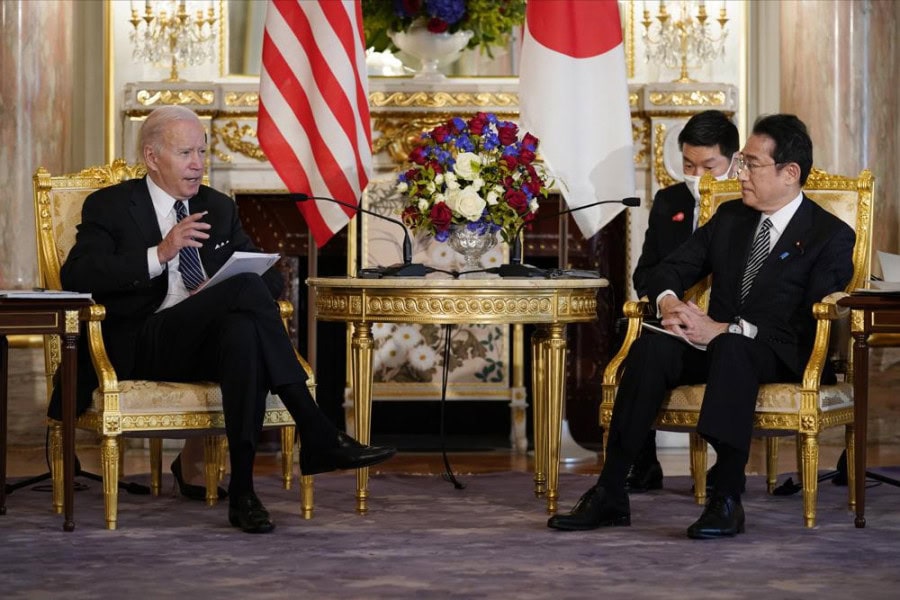Tokyo: President Joe Biden pledged “concrete benefits” for the Indo-Pacific region’s people from a new trade treaty he was due to announce on Monday, aiming to underline the US commitment to the contested economic sector and address the need for trade stability after the pandemic and Russia’s invasion of Ukraine disrupted trade.
Biden told Japanese Prime Minister Fumio Kishida that the new Indo-Pacific Economic Framework would improve US cooperation with other countries in the area.
The framework, according to the White House, will allow the US and Asian economies to collaborate more closely on problems such as supply chains, digital trade, clean energy, worker protections, and anti-corruption operations. The details of the agreement are still being worked out among the member countries, making it difficult for the administration to articulate how it will aid American workers and businesses while simultaneously addressing global demands.
Biden was scheduled to visit Tokyo on Monday to meet with Kishida and reveal the countries that had signed on to the framework. It’s the latest move by the Biden administration to try to maintain and expand US influence in a region that appeared to be falling under China’s control until recently.
Kishida hosted a formal state welcome for Biden at Akasaka Palace, including a white-clad military honour guard and band in the front plaza. As he walked past the American flag and the Japanese flag, Biden placed his hand over his heart and bowed slightly.
Kishida, in brief remarks, said he was “absolutely delighted” to welcome Biden to Tokyo on the first Asia trip of his presidency. Along with Biden, he drove a tough line against Russia over its invasion of Ukraine, saying it “undermines the foundation of global order.”
In October, the White House revealed plans to create the economic framework as a replacement for the Trans-Pacific Partnership, which the US exited in 2017 under then-President Donald Trump.
The new pact comes at a time when the Obama administration believes it has a competitive advantage over Beijing. Last Monday, Bloomberg Economics issued a report projecting 2.8% GDP growth in the United States in 2022, compared to 2% in China, which has been battling the coronavirus with severe lockdowns while also grappling with a housing bubble. The downturn has cast doubt on expectations that China would immediately dethrone the United States as the world’s most powerful economy.
Read: Changing US Indo-Pacific policy — implications on Pak and India










